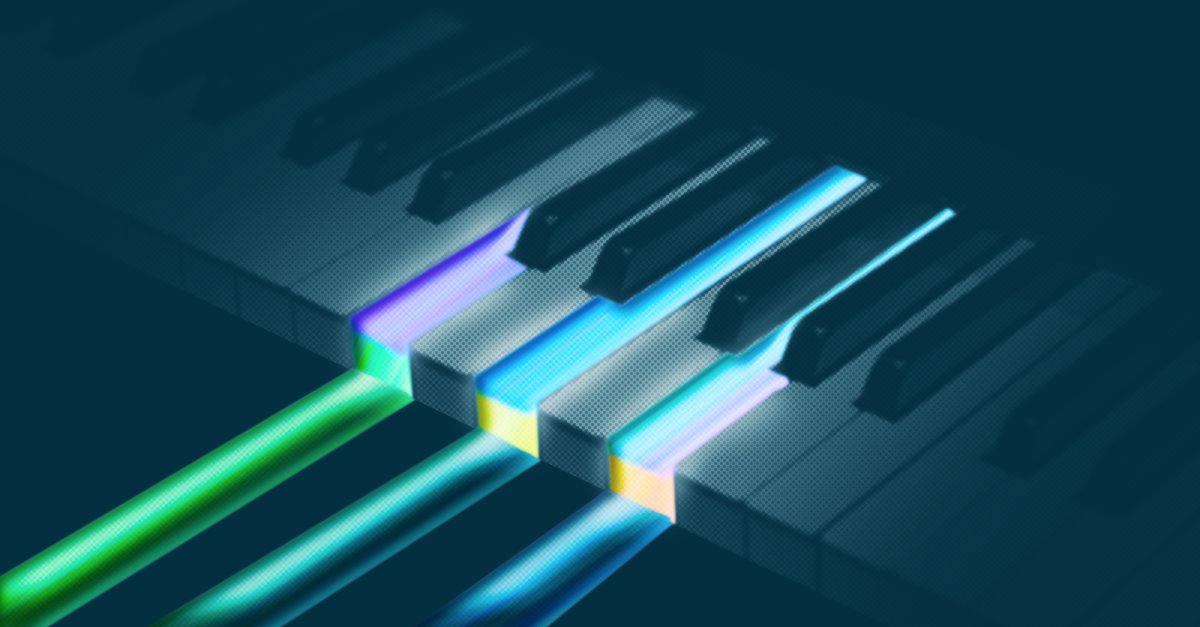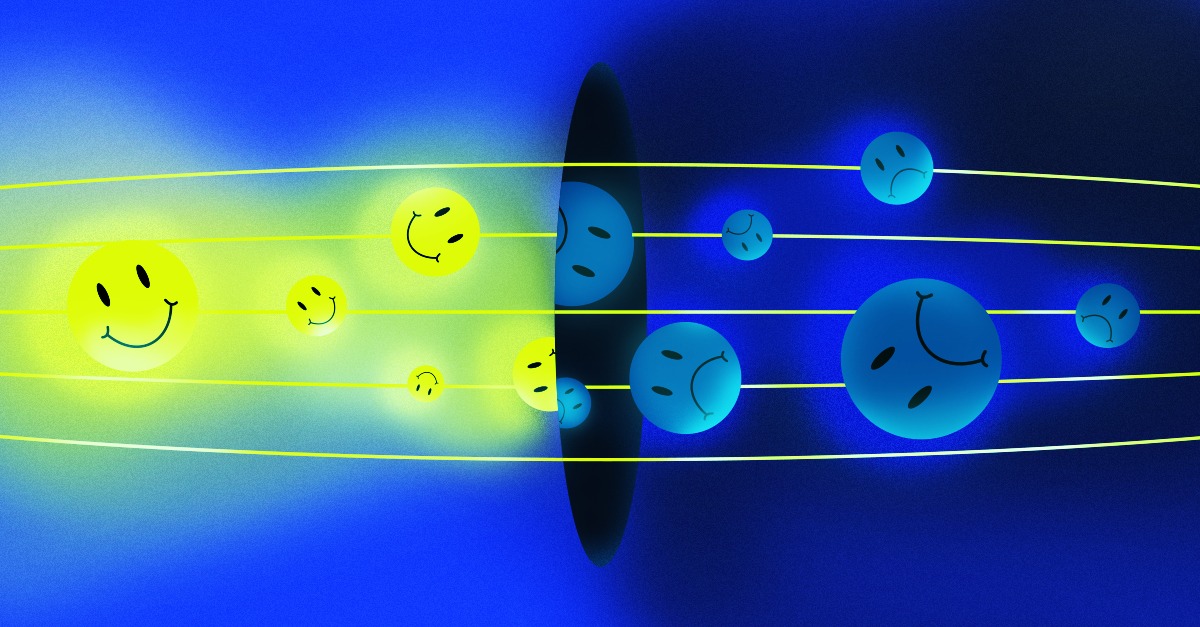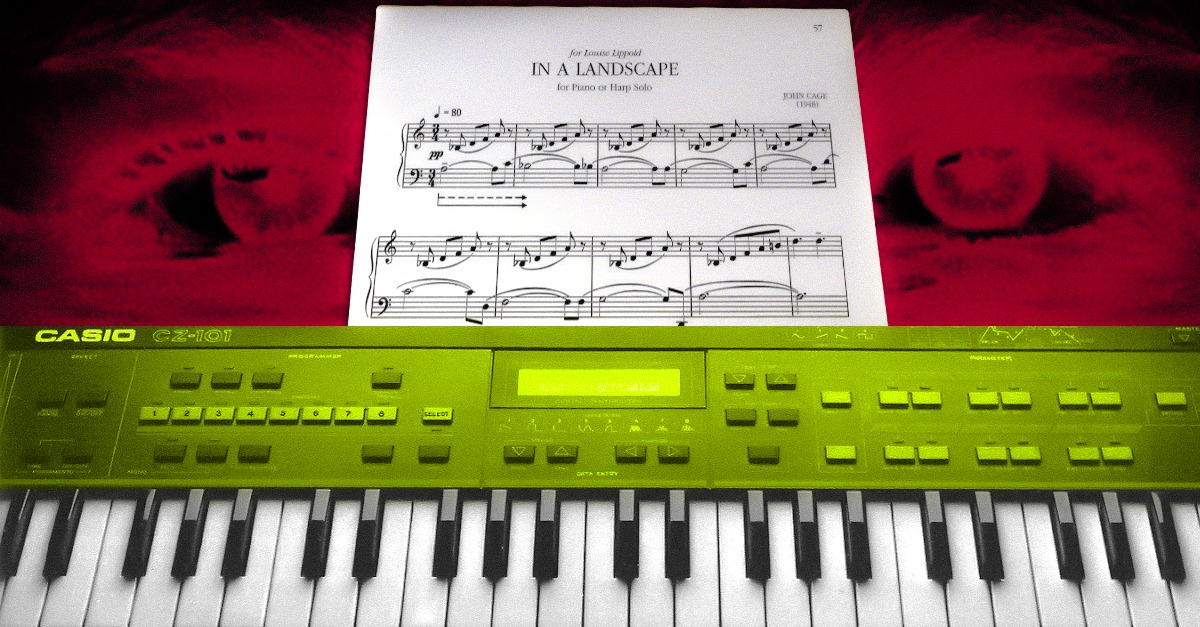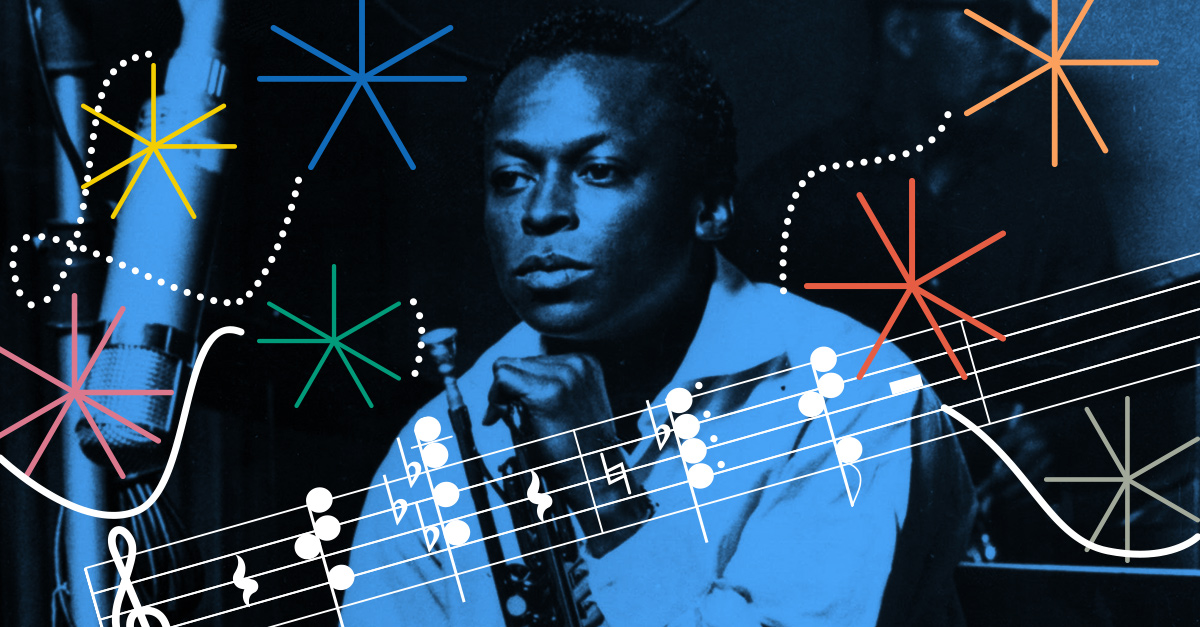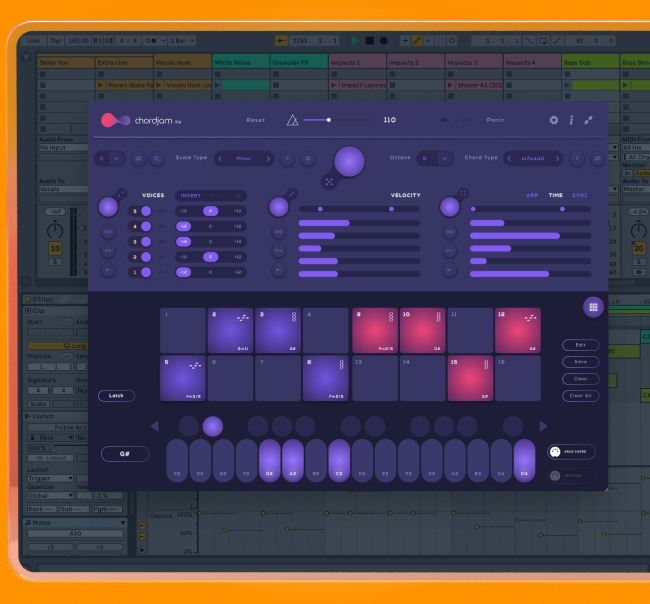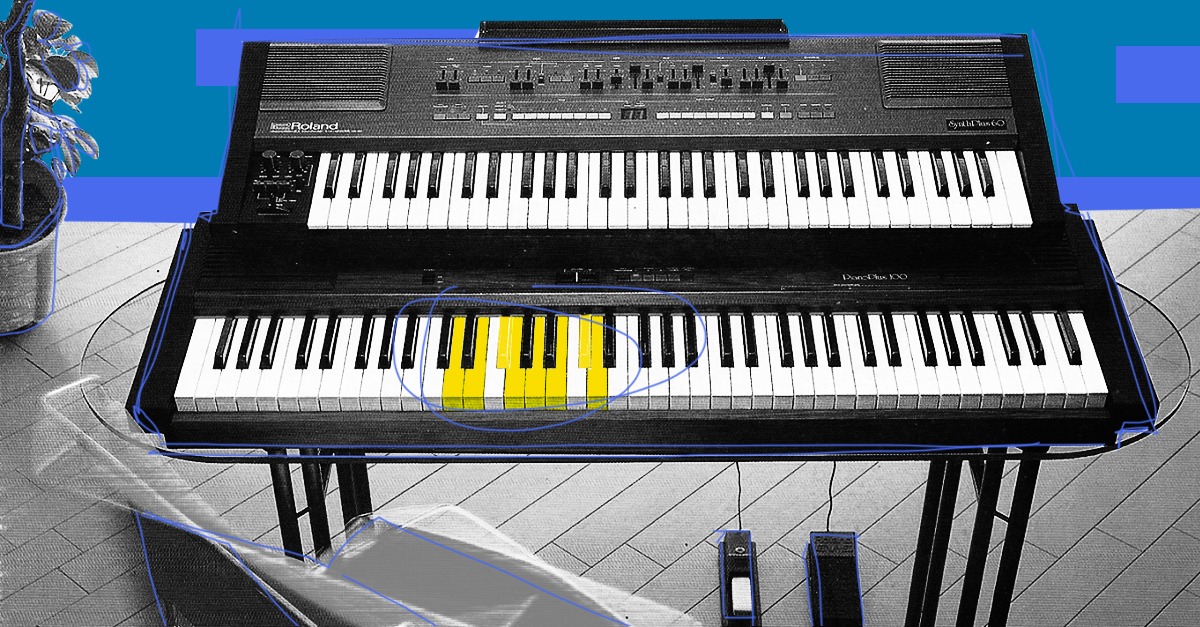
8 House, Techno and EDM Chord Progressions Every Producer Needs [Free MIDI Pack]

At first glance electronic music seems like it employs some pretty complex music theory. The truth is, house, techno and EDM chord progressions are simpler than you think, you just need a bit of basic chord theory to get started.
Don’t be overwhelmed by all the keyboards, synths and music production lingo—EDM chord progressions follow a few common music theory rules.
In this article, we’ll look at some basic chord theory and explore a handful of very common chord progressions heard in a lot of electronic music.
Let’s get started.
Theory guides, production tips, new free plugins, gear guides and more—delivered weekly
Keep up with the LANDR Blog.
EDM chord and music theory basics
Most electronic music doesn’t venture into the kind of complex territory that Jazz and its adjacent genres do. So, don’t be intimidated.
Arguably, a lot of electronic music (especially, techno, drum and bass, industrial and house) is atonal—relying more on sound design, timbre and rhythm over harmony and melody.
To get a healthy start with chord progressions you’re best off learning about diatonic chords, chord extensions and the circle of fifths.
Diatonic chords and extensions will help you write better chord bass melodies—a very common characteristic of a lot of EDM music.
And, if you can get the basics behind major and minor keys and maybe a bit of modal knowledge under your belt, you’ll have a lot of tools at your disposal. Success with writing EDM, techno and house will come with applying your theory knowledge into arrangements.
It’s your track’s rhythms and sound design that are going to help you turn a mundane chord progression into a club hit.
Looking for a deeper dive into theory basics?
Browse our best on music theory basics.

A note on chord notation
Chord notation typically uses a roman numeral format, going from one to seven (I to VII), since there are 7 degrees in western chord scales.
Major chords written under the roman numeral system are always capitalized, and minor chords are always written with lowercase numerals.
Here’s the C major and A minor scales written with triad chords on each root, with a major or minor numeral below each.
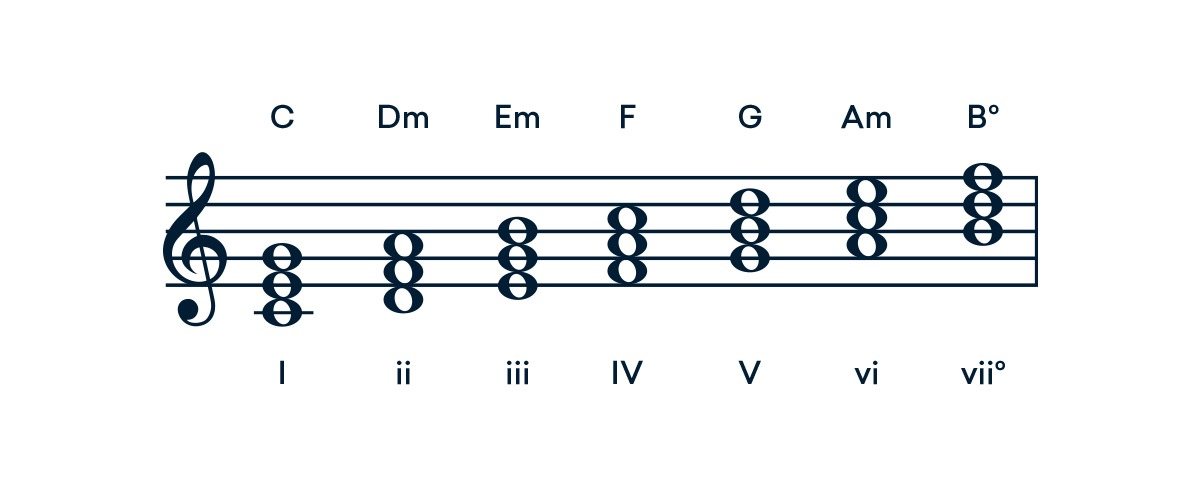

Chord extensions like major 7ths or minor 7ths are written by the numeral signifying the scale degree of the chord and the number of the added extension to the chord.
8 House, Techno and EDM chord progressions to learn about first
Alright, with these theory basics out of the way—let’s take a look at a few chord progressions that EDM producers often gravitate towards.
1. Vamping on a minor chord
Vamping means to keep playing something over and over—so in this case it means keeping a minor chord repeating bar after bar during a certain section.
A lot of electronic music does this. Producers instead think of the rhythm, percussion and sound design aspects of the music.
It’s why a lot of electronic music could be called atonal since so many tracks only vaguely reference one or two chords.
Typically, minor chords are bit more emotive and brooding so that why I suggest choosing a minor chord, even though the same practice of vamping a major chord is totally valid.
Perhaps the notes of the chord are arpeggiated and played at different octaves.
Or, a droning chord hovers in the background as the bass line cycles through the chord’s pedal tones.
For this kind of chord progression its all about your arrangement, bass lines, rhythm and sound design—these factors will make your track interesting, not the chord progression itself.
2. V – I
Similar to the vamped chord, this is the second most simple kind of chord progression found in EDM and other electronic music genres.
Essentially, the larger concept here is the practice of switching between two chords of the producer’s choice.
In this V – I chord progression example you’re essentially moving between the two most powerful chords of a key.
It’s up to you how long you vamp on the two chords—a change between these two chords will always sound powerful.
Again, with this kind of chord progression, it’s really about how you arrange the rhythms, sound design your synths and drums and play with basslines and arpeggios.
3. I – V – vi – IV
Chord progressions that cycle through the I, IV, V and vi chords of the major diatonic scale are easily the most common chord progressions out there.
This is the most popular version of this kind of chord progression, it starts on the strong chord and adds just a little bit of tension with the minor chords on the 6th degree.

The chorus (and most of) Carly Rae Jepsens`s iconic hit, Call Me Maybe is just one example of many tracks that use this progression.
4. VI – VII – i – VI
The vast majority of modern EDM and pop music is written in minor keys.
So, if you’re trying to write pop-infused club bangers, you’ll likely benefit from picking up a few minor chord progressions.
This is a very common minor chord progression that climbs from the 6th to the 7th chord, than back to the minor one chord (which is minor because we’re in a minor key).

Skrillex`s legendary track Scary Monsters and Nice Sprites uses this brooding and nostalgic chord progression.
5. i7 – III – v7 -IV
Here’s a chord progression from Daft Punk’s instantly iconic track “Get Lucky”.
The chord progression follows a minor chord progression—more accurately, it follows the B dorian mode, meaning that it uses a G# instead of the B minor’s typical G note.
This modal quality adds a touch of uplifiting brightness, because the IV chord is major, instead of minor.
This contributes to the track’s sunny nature, despite having a lot of minor qualities.

This track is also a great example of how artists uses diatonic chords to follow the song`s bass line.
6. III (add9) – iv (add9) – v – VI – VII – i7
In EDM and other kinds of electronic music, tension-building chord progressions are used towards a drop section where tension is released in the main chorus.
One way to use a chord progression to help build tension is by climbing through a chord scale towards the one chord.

In this example from Porter Robinson`s Language, a tense buildup starts from the Major third chord and goes through each diatonic chord degree of the minor scale before landing on the one chord.
7. VI (add9) – i7 – VII (add9) – v
Minor keys don’t have to be constantly dreary or “sad-sounding”.
It’s possible to write an uplifting chorus, for example, into a minor track by writing some chord progression around the minor key’s major chords on the sixth and seventh degrees.
Looking at the same example with Porter Robinson’s Language, the chorus switches to an uplifting section that revolves between the major sixth and seventh chords and the one and five.
8. V – IV (add 9) – vi – I – ii (add 11) – I – IV (add 9)
I’m a fan of Deadmau5’s track “The Veldt” because it uses the same chord progression from start to finish.
It’s a great example of the chord bass melody driving the song along while adding a bit of variation and interest with chord substitutions.
For example, on the second add9 chord, Deadmaus5 will instead substitute the IV chord with a minor 7 suspended 4th ii chord, to add extra tension to the progression.
Electronic chords for any genre
Electronic music is just a much about the sounds, rhythms and arrangements you employ to write your track as it is about the chord progressions you use.
In a lot of cases, your best bet is to use chords that accompany the melody of your song, especially if you’re writing music that demands some kind of chord progression.
Don’t overthink it, and remember if it sounds good it is good!
Gear guides, tips, tutorials, inspiration and more—delivered weekly.
Keep up with the LANDR Blog.



